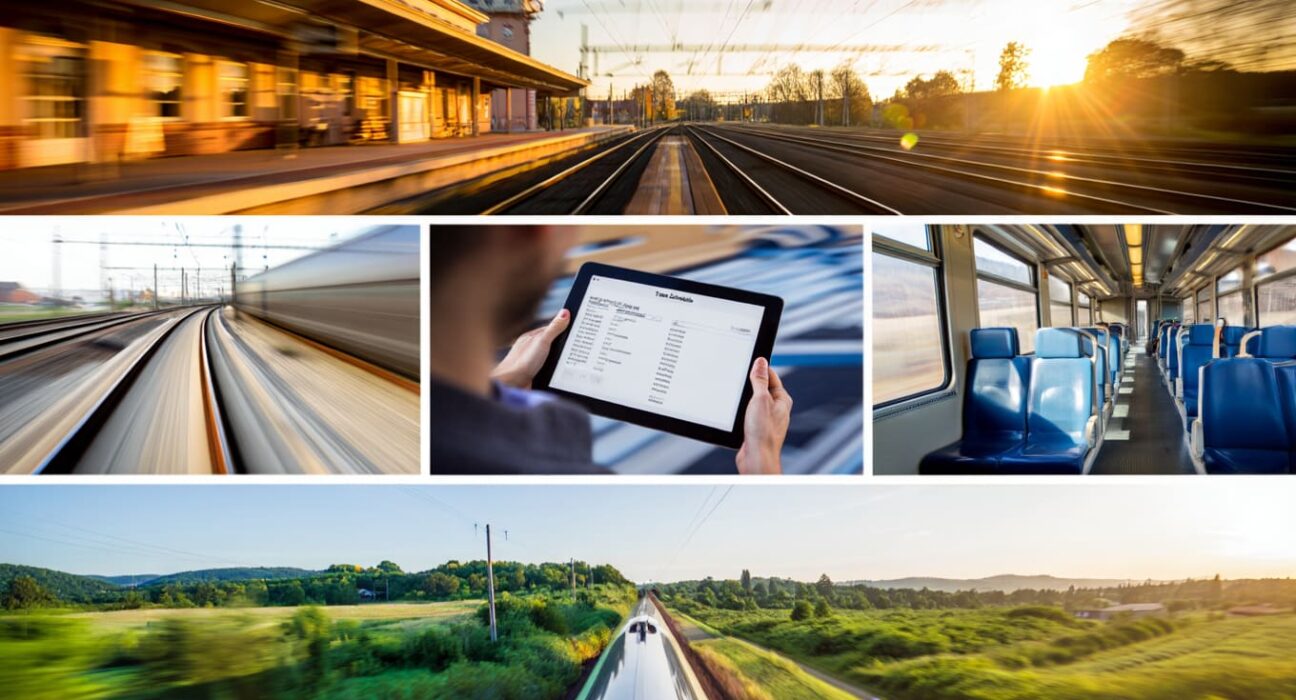Over the past nine months through July, nearly 28.6 million passengers boarded intercity trains in the United States, marking a 6% increase compared with the same span the previous year. That rise puts rail usage in much stronger shape than in recent years.
Several factors are contributing to this momentum. First, many Americans are growing tired of flight delays and airport hassles. The train offers smoother boarding, fewer delays, and a more relaxing travel experience—especially for journeys of moderate length. Secondly, environmental concerns are pushing more people to choose trains, which typically generate less pollution per passenger mile than planes or cars.
Infrastructure investment has also played a role. Upgrades to tracks, stations, and schedules are making rail a more reliable option. For example, in some corridors, travel speed has improved, and service frequency has increased. These improvements encourage more travelers to consider train travel for both business and leisure.
Ticket prices are another factor. When full costs—including time lost, airport congestion, and overall travel stress—are compared, the train often looks more economical, especially given rising fuel and airline costs. People who can, or prefer to, avoid the high cost and delays of air travel seem to be opting for train rides.
However, growth is not uniform everywhere. While certain popular routes are seeing high demand, more remote or underfunded regions still struggle with inconsistent service, slower speeds, and less frequent trains. The gap between well-served and underserved corridors remains.
Despite these disparities, the overall trend is unmistakable: train travel is seeing a real revival. As more people seek comfort, predictability, and sustainability, the rail network is stepping up. The challenge will be to extend service quality broadly, maintain the infrastructure investments, and address the gaps so that growth continues, and everyone, regardless of region, benefits.
On the Rails Again: America’s Passenger Train Travel Sees Unprecedented Growth






